Alignment is Passé
Platitudes can be common in our line of business and I oftentimes get asked, “What are the most overused phrases that you have heard over the past three-plus years as CEO of an IT consulting and staffing firm?”
It’s an easy question as the phrases typically involve “alignment”—either that “IT must learn to align with the business” or that “smart CIOs know that, to succeed, IT must align with the business.” Not only are these phrases overused and condescending (the implication that CIOs lack business smarts or proper business education, that is), they are also statements with which I wholeheartedly disagree. If you are merely aligning with the business, you are not doing enough. IT drives efficiencies. IT enables business. IT powers business success. The goal is not merely to align, but to get in front of the business goals and spearhead growth through next generation products and customer service.
“Alignment” Defined
According to Webster’s , “align” means to fall in line. To get behind. It suggests that “the business sets the pace. It sets the strategy. In aligning, IT must fall directly behind, and keep pace with, the business.”
Why it Matters
Traditionally, this discussion comes up in one of two ways. Either, we’re discussing corporate respect and reporting structures within an organization– the IT department’s lack of leadership representation or a “seat at the table”—or we’re discussing the common view that IT is merely a “cost center.” While I am not suggesting that these problems and perceptions will instantly disappear, the shift in mindset can happen if you understand its scope and take the lead in making the necessary changes.
If Not Alignment, Then What?
IT does drive and enable business. It’s time for IT Leadership to drive that point home. Consider two Vivo clients – one a multi-national insurance company, one a leading financial services provider. The insurance company’s IT group proudly touts its efforts enabling the use of handheld claims adjustment devices. Proudly, IT rallied others to join them in their efforts during Hurricane Katrina to issue checks in real-time, and to deliver much-needed funds to those most critically in need. In this case, IT led that effort. IT delivered this technology. The business grew stronger, and benefited from this leadership.
In the second example, our financial services client’s IT group developed a cutting edge analytics product to offer to their banking clients. In both instances, there is no talk of leveraging IT to merely “keep the lights on,” and no one talks about IT in raw SG&A numbers. IT leadership has a seat at the table, and the top layer of IT management knows how to drive innovation from their teams.
These simple examples of innovation and IT-generated efficiencies are likely the reason most of your staff went into IT in the first place – the idea that there is a better, faster, more efficient way of doing things, and that IT can make that happen. Yet, somewhere along the way we lost track of this connection and reduced their influence.
Creating a Culture of Innovation
True leaders are bold and take risks. In order to develop this culture of innovation within your IT organization, you must put yourself out there with the rest of the business. Sell your ideas for innovation, then execute. After even a single small win, it will be easier to continually steer these innovative ideas up the organizational ladder. Reward creativity. But, most importantly, market your accomplishments. Positive PR will spur additional creativity, one win at a time.



